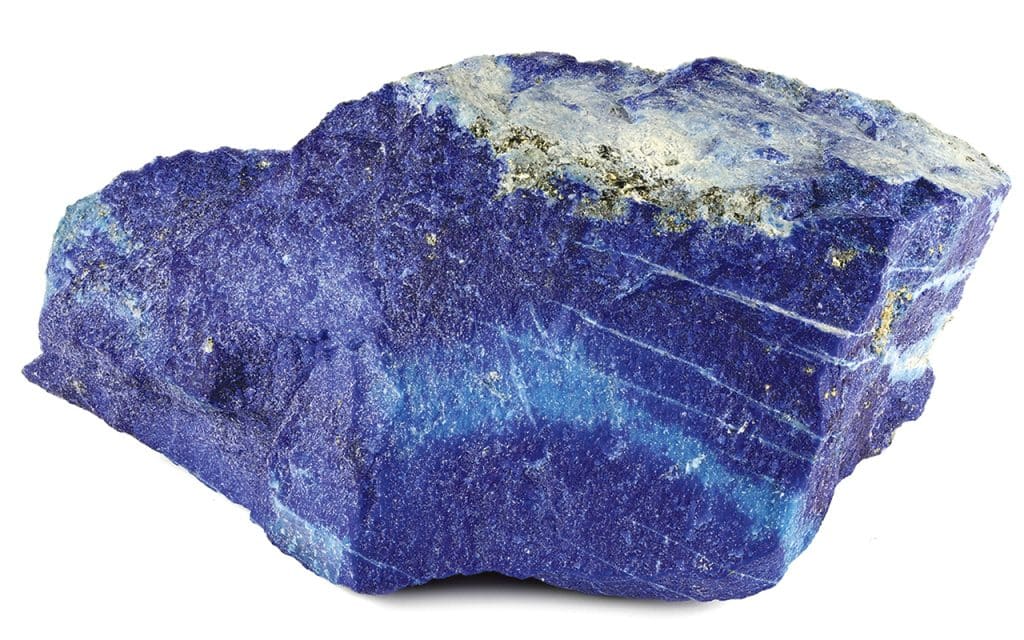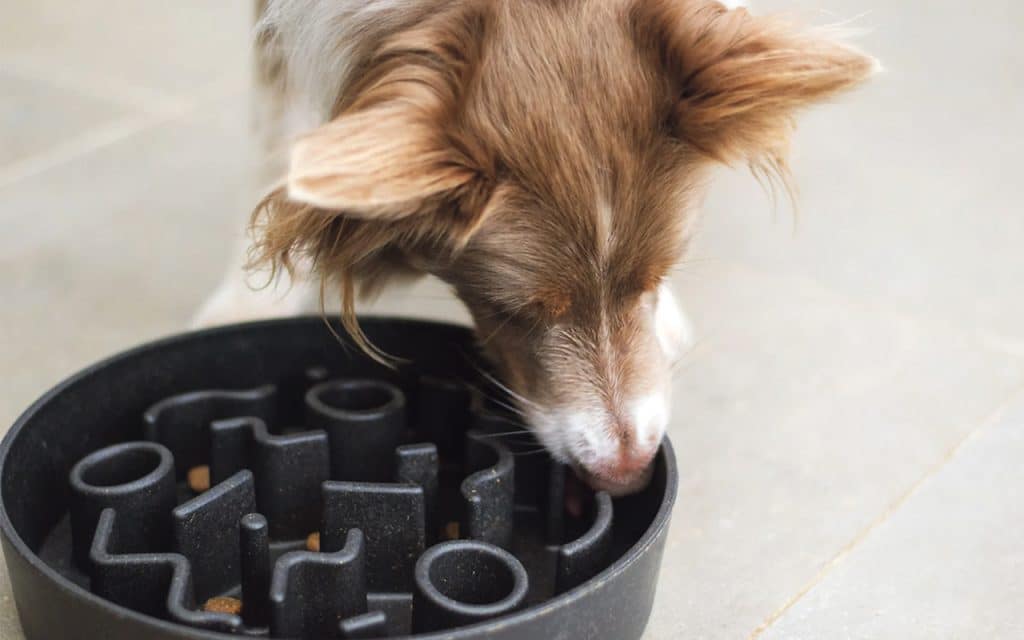
The shape of things
James Waller is an Australian born artist and poet based in West Cork. Through this column James explores the world of art, introducing the reader to major works of art and artists and reflecting on what makes them so engaging.
James offers a range of studio-based courses for children and adults in Classical painting, drawing and printmaking at Clonakilty School of Painting. See www.paintingschool.
jameswaller.org for details.
A young student recently asked me how to ‘make blue’. Of course, being a primary colour one cannot ‘make blue’ out of other colours; just as one cannot make yellow or red. In saying this, blue is not simply blue, and in art all the different varieties of blue ‘are’ made. Let me explain.
We tend to think of colour in terms of the spectrum, revealed to us through the prism of a rainbow. Paint, however, is made with pigment, and the history of pigments can fill, and has filled books. Right now I’m thinking of the blues and the particular pigments which give them life: azurite, lapis lazuli, cobalt, pthalo, smalt, cerulean, prussian, indigo, han, maya, Egyptian, YInMn. I’m also thinking of the blues made famous in art and architecture: Chartres blue, Giotto blue, Rublev blue, Yves Klein blue, Chagall blue, Matisse blue, the blue domes of Santorini, the blue walls of Morocco, the blues of the Sheikh Lotfollah Mosque (Iran).
Blue has quite a resume! It is a world unto itself and how we respond to it is as mysterious as how it is derived. Perhaps the most famous blue pigment is lazurite, derived from the metamorphic rock, lapis lazuli. Lapis lazuli, which translates as ‘heaven,’ or ‘sky stone,’ has been prized for thousands of years with precious artefacts dating back to 7570 BC in the Indus Valley. Mined primarily in Afghanistan, it found its way to Europe in the late Middle Ages. Ground into a pigment in the painter’s studio, then mulled variously with linseed oil, egg yolk, egg white, plaster and water, it found its way into oil paintings, tempera paintings, illuminated manuscripts and frescoes, prized by painters and patrons alike for its vivid depth and intensity. It was expensive, however, and had to be requested; it was certainly a mark of prestige to have a section of a painting painted with lapis, rather than the more common and cheaper smalt, or the more widely available azurite. Vermeer’s ‘Girl with a Pearl Earring’ was painted with the more expensive pigment, so his patron must have had deep pockets.

Lapis lazuli was not the only blue on the block, of course. In Europe in the Middle Ages it stood tall amongst azurite and smalt blue as candidates for rendering the cloak of the Virgin Mary. The great Italian painter, Giotto, who stood on the cusp of the Renaissance as the sun of Byzantium set, used azurite, a soft copper mineral, often confused with the similar sounding lazurite. Azurite, which has a greenish hue, as opposed to the violet-leaning lapis, was used far more extensively than lapis lazuli, and painters like Giotto certainly made it sing.
Smalt blue, by contrast, was the poorer cousin; ground from glass containing cobalt, it was used extensively in Northern Renaissance painting, particularly in the Netherlands. Pieter Bruegel the Elder (1525-1568), for example, used smalt blue for his wintry skies and turquoise cloaks, and Hans Holbein the Younger (1497-1543), used it for the vivid blue backgrounds in his royal portraits (presumably what the royals didn’t know didn’t hurt them).
Cobalt, the key ingredient in smalt blue, has itself been used since the Bronze Age in the making of blue glass and was a key ingredient in the creation of the world renowned stained glass of Chartres Cathedral, which dates from the 13th century. Anyone who has been to Chartres knows how this deep blue stained glass sings; it is elemental, it sighs with mystery, intoxicates with a sense of eternity.
Within the Gothic churches of France is where I have personally experienced blue most vividly. St Stephen’s Cathedral in Metz and Notre-Dame in Rheims boast windows by the modernist Russian-Jewish painter Marc Chagall. After WWII Chagall worked with a workshop famed for reviving the secrets of ‘Chartres blue.’ He was delivering on commissions for both of these cathedrals which had suffered extensive damage from the war, and the results are searingly beautiful. Blue is healing, and the windows of Chagall sing to the most luminous sorrow, the most ethereal night.
It is not possible, in a short article, to elucidate all the great emanations and combinations of blues in the winged history of art. But it is, I hope, partly an answer to the innocent question from my student: ‘how to make blue?’
In closing, permit me to share with you a poem I once wrote, called ‘Gentle Blue.’ It is about the frescoes of the 14th century Italian painter, Giotto di Bondone, and part of a collection I wrote, called ‘Rings of Blue’:
“I am awake / I am asleep / Paper is a child / And wire is a song / Which rises / In voices from Giotto’s choirs / Untraceable quavers / Upon the walls of distant Assisi. / How slow the river / How eternal / As Akhmatova’s ageless muse / The walls of songs / Form invincible hieroglyphs / And shields of icons blazing with cool gold. / My hands are empty / In the stillness of the night / Empty as the upturned palms / Of the Brothers / Standing at the ancient harvest / Behind wooden pews in darkness. / One voice rises / The others follow / A gentle ring of blue / Forms around their sadness / Which looks towards the veil / Of a distant cinder / Hidden in the cloak of Nowhere. / Father / Voices ring around / In arcs of deepening blue / And another life / Ships feathers of silence to the mountain / You must climb / With light concealed in your hands / Up / Forever / With birds circling in the trees / Of a sacred life / Written in a message / Of floating notes from Giotto’s walls.”


